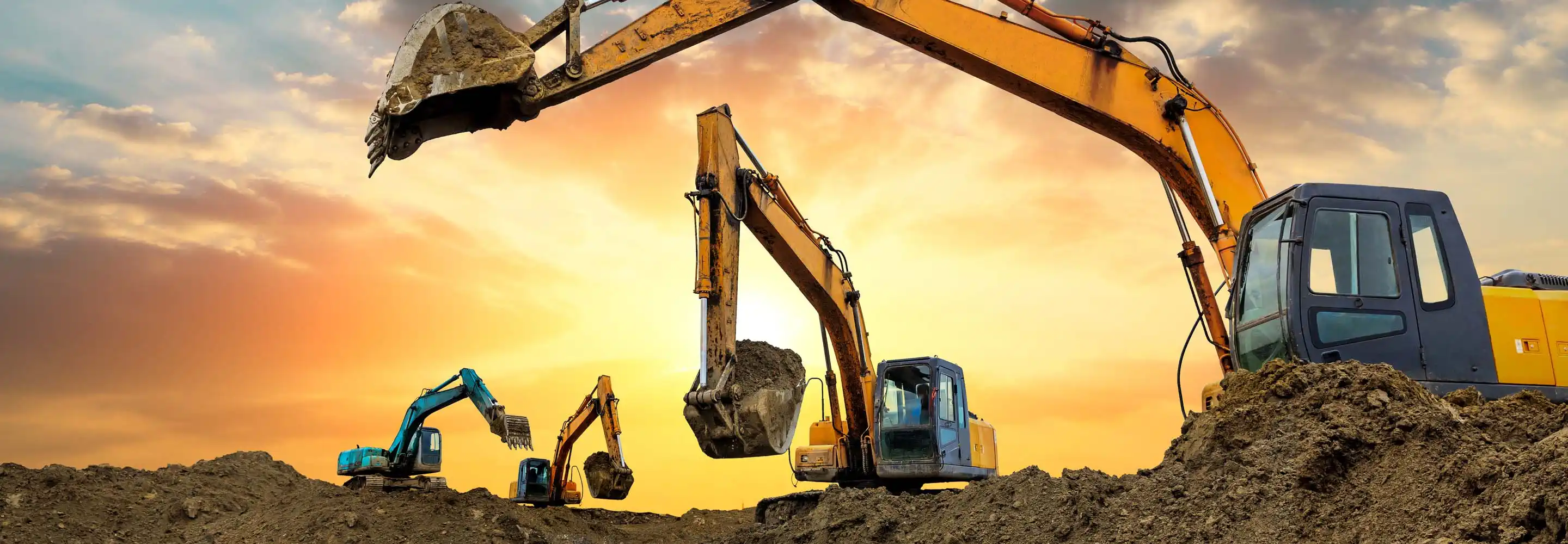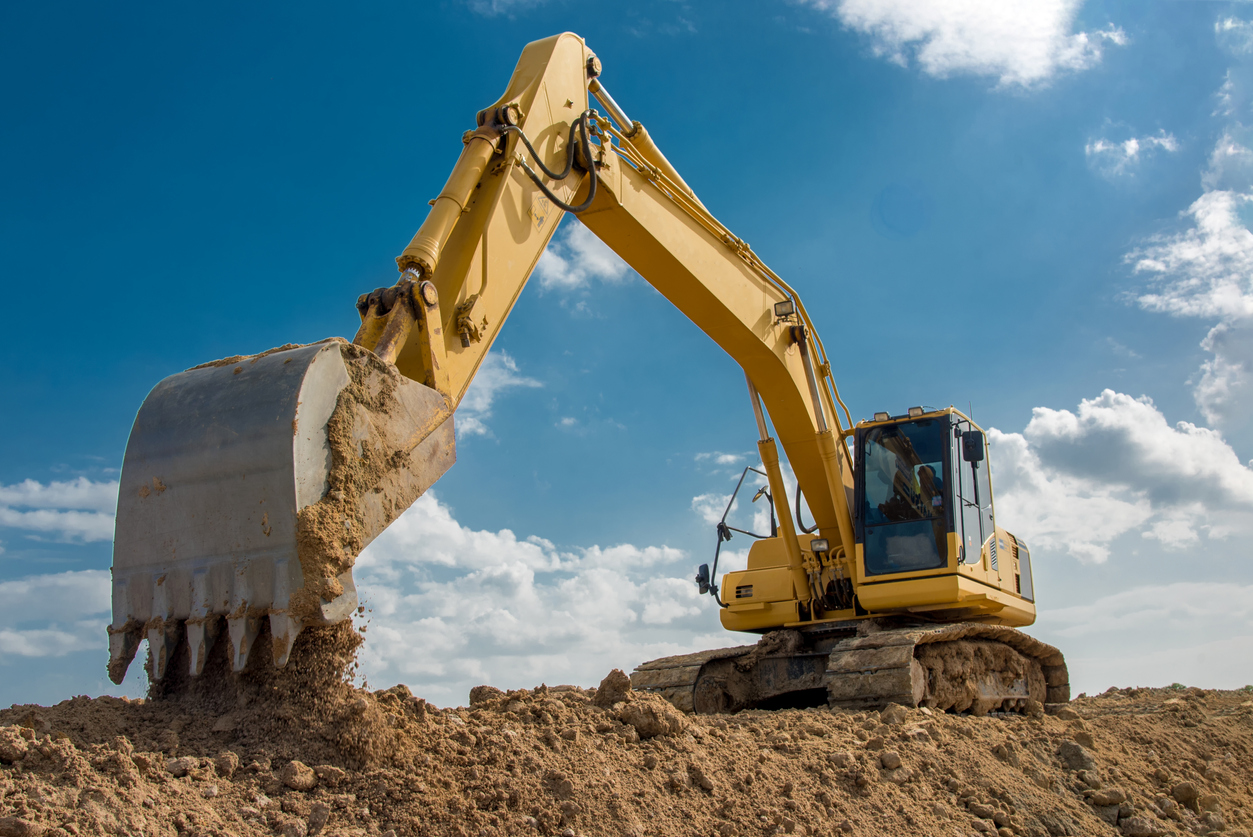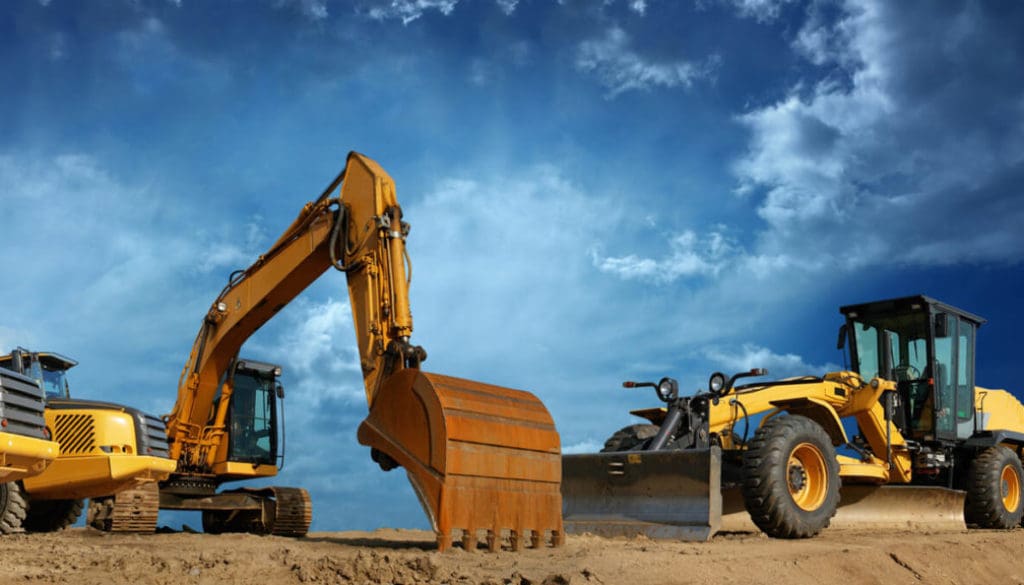Forklift Rental Services for Industrial and Commercial Use
Forklift Rental Services for Industrial and Commercial Use
Blog Article
Renting Out Vs. Purchasing Construction Devices: Making the Right Selection for Your Task
When getting started on a building and construction project, one of the crucial decisions that forecast stakeholders and managers face is whether to acquire or rent construction equipment. The decision hinges on different aspects such as cost considerations, job period, devices maintenance, scalability, danger, and flexibility management.
Expense Considerations
When reviewing the economic aspect of buying versus leasing building equipment, the long-lasting expenditures and upfront costs have to be very carefully considered. Leasing devices typically requires lower preliminary payments compared to acquiring, making it an appealing alternative for short-term jobs or specialists with budget plan restraints. Renting eliminates the requirement for huge capital outlays and lowers the financial threat linked with equipment ownership, such as maintenance and devaluation prices. Nonetheless, over time, continually renting tools can collect greater prices than acquiring, particularly for prolonged projects.
On the various other hand, acquiring building equipment involves greater in advance costs yet can result in long-lasting savings, particularly for frequent users or long-lasting projects. Owning tools offers versatility, convenience, and the possibility for resale value once the task is completed. In addition, owning equipment permits personalization and familiarity with particular machinery, possibly increasing efficiency and performance on-site. Eventually, the decision in between purchasing and leasing building tools rests on the task's period, frequency of use, budget considerations, and long-term monetary goals.
Project Duration

Alternatively, for lasting jobs or continuous construction work, buying equipment might be the a lot more affordable option. Buying tools can lead to set you back savings in the future, specifically if the equipment will certainly be frequently utilized. Furthermore, owning devices provides a feeling of control over its availability and allows for personalization to fit particular job needs.

Devices Maintenance
Provided the vital role task period plays in establishing one of the most cost-effective approach between leasing and buying construction equipment, the emphasis currently moves in the direction of taking a look at the important element of tools maintenance. Appropriate upkeep is important for making sure the ideal performance and durability of building and construction tools. Leasing tools frequently includes the advantage of having actually properly maintained equipment given by the rental business. This can relieve the problem of upkeep jobs from the task owner or specialist, saving effort and time. On the other hand, possessing tools calls for a proactive technique to upkeep to avoid break downs, make sure security, and expand the equipment's life expectancy. Regular inspections, maintenance, and timely repair services are essential to keep owned and operated devices in leading working condition. Factor in maintenance costs when choosing in between purchasing and leasing, as overlooking upkeep can lead to expensive repairs, downtime, and job delays. Inevitably, a properly maintained building and construction devices fleet, whether leased or owned, is crucial for the successful and efficient completion of construction jobs.
Adaptability and Scalability
In the realm of construction check here devices monitoring, the aspect of adaptability and scalability holds substantial value for job effectiveness and resource usage. Deciding to rent out building tools supplies a high level of flexibility as it permits the quick adjustment of devices types and amounts based on the evolving demands of a job. Renting out makes it possible for specialists to access a vast array of specific equipment that may be needed for details jobs without the long-lasting dedication of ownership. This flexibility is specifically useful for projects with varying demands or unsure periods (heavy equipment rental).
In addition, scalability, an additional important factor, is inherently linked to adaptability. Renting out building tools uses the advantage of quickly scaling operations up or down as task demands change. Service providers can quickly include or trade devices to match the project's altering demands without the constraints of having properties that may come to be underutilized or out-of-date. This capacity to scale resources effectively can cause price financial savings and enhanced task timelines, making leasing a positive option for jobs needing flexibility and receptive resource allocation.
Risk Management
Effective threat administration in construction equipment procedures heavy duty dollies for rent is extremely important to making certain job success and mitigating potential monetary losses. Building jobs naturally include various dangers, such as devices breakdowns, mishaps, and project hold-ups, which can dramatically impact the task timeline and spending plan. By carefully taking into consideration the risks related to owning or renting out construction tools, job supervisors can make informed choices to decrease these potential risks.
Renting building and construction devices can provide a degree of danger reduction by moving the obligation of repair and maintenance to the rental company. This can decrease the monetary worry on the job owner in situation of unanticipated devices failings (forklift rental). Furthermore, leasing gives the versatility to accessibility specific devices for particular job stages, minimizing the danger of owning underutilized equipment
On the various other hand, owning building and construction devices provides a sense of control over its usage and maintenance. However, this likewise means bearing the complete duty for repairs, upkeep expenses, and devaluation, boosting the economic threats associated with devices possession. Mindful risk analysis and consideration of elements such as job period, equipment usage, and maintenance requirements are important in identifying one of the most suitable alternative for reliable threat monitoring in building and construction tasks.
Conclusion
In conclusion, when deciding between purchasing and leasing construction equipment, it is necessary to consider expense, project duration, tools try this out upkeep, versatility, scalability, and risk administration. Each variable plays a critical function in determining the most ideal alternative for the job at hand. By meticulously evaluating these facets, task managers can make an informed decision that lines up with their budget, timeline, and general project objectives.

Report this page